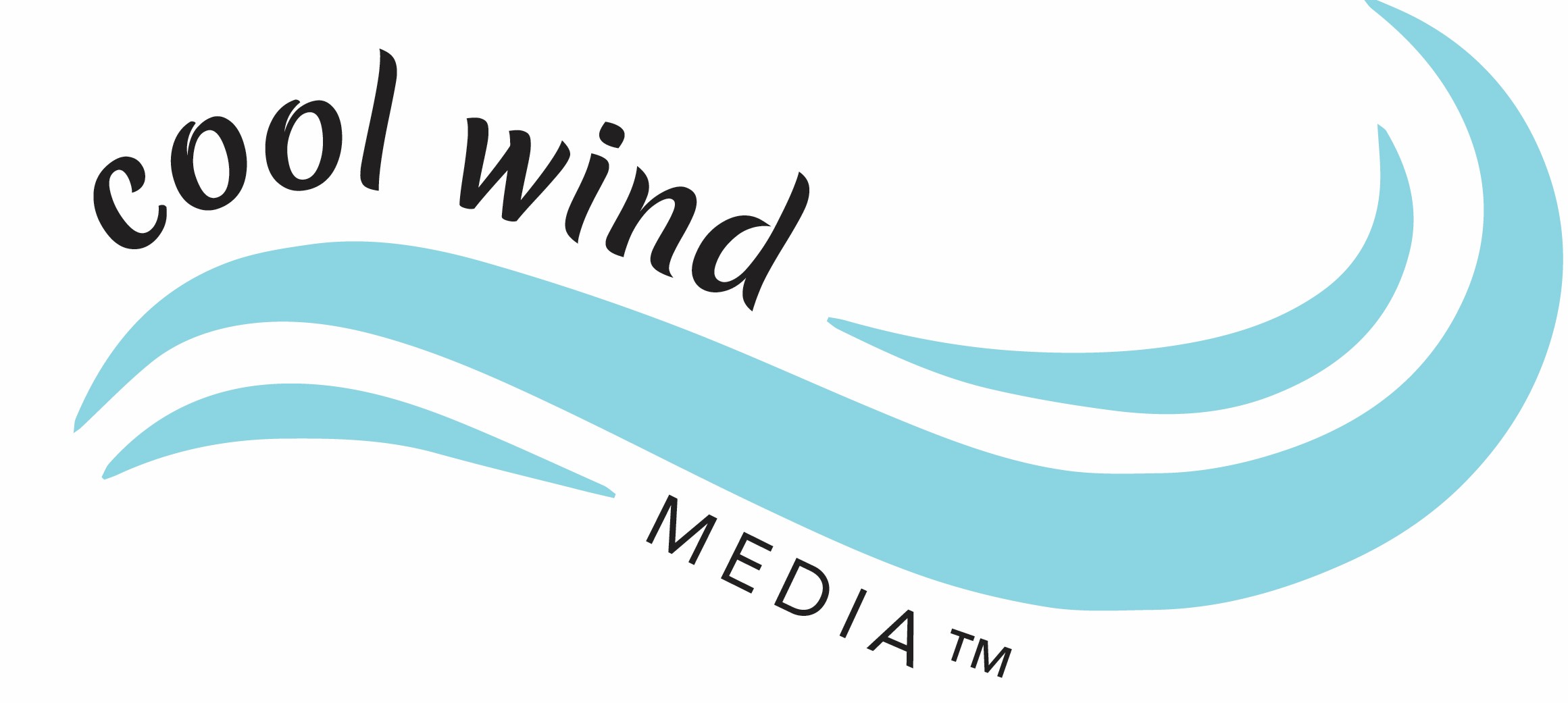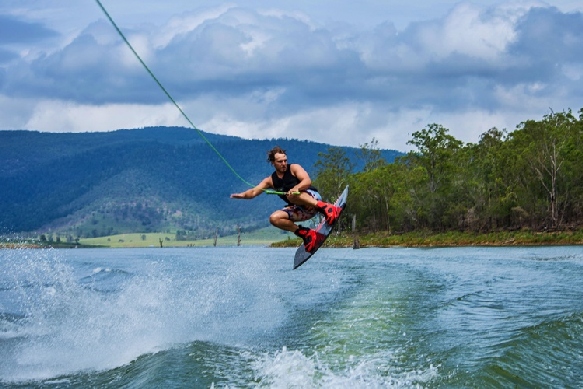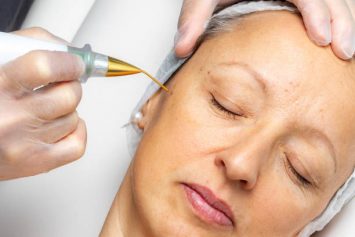Personal flotation devices (PFDs) are required and must be approved by the coast guard. If you’re going wakeboarding, make sure you’re wearing the proper life vest, since the wakeboarding life vest provides impact protection as well as the appropriate buoyancy.
When they all seem similar, it’s tough to tell which one is the proper wakeboard impact vest. During our study, Life Vest Neck Safety met all of the criteria for being named an editor’s choice.
We have included the necessary facts for the best wakeboard life vest advice for our readers further down in this post.
What factors should you consider while buying a wakeboard life jacket?
Because a wakeboard life jacket is required for every type of water sport, there are several criteria.
Size of Wakeboarding Jacket
The most important aspect of any life jacket is that it is the correct size. It is determined by the size of the chest. The vest should be able to fit snugly and stretch up to 2 to 3 inches.
It should cover your entire body, from your shoulders to your abdomen. Make sure it’s not too tight, as this might make swimming more difficult. Check the size because each manufacturer’s size is different.
To be sure you’re getting the proper size, try this: If you can squeeze more than three fingers between the shoulders of your jacket, it is not the appropriate fit for you.
Buoyancy in a Lifejacket
In liquids or gases, a buoyant aids in keeping you afloat. The upthrust is another name for it. The minimal quantity of buoyancy in a liquid (water) ranges from 15.5 lbs to 22 lbs. To float on the water’s surface, a human body requires around 7 to 12 additional pounds of buoyancy.
Polyester, hybrid, neoprene, and nylon are among the materials used in the wakeboarding life vest. The best-rated wakeboarding life jacket is made of such materials, making it robust and tough.
When dry, neoprene is more comfortable, and when wet, it expands. Zipped up, it may extend up to 2 to 3 inches. And your neoprene vest zips up effortlessly, it’s a large vest.
A nylon vest is typically one that is buckle-fastened and does not overlap.
Hybrid life vests are manufactured from a variety of materials, most often marine foam and neoprene with closed cells. These jackets are lighter and have a better capacity to dry than traditional coats.
Style of Wakeboarding Life Jacket
Wakeboard life jackets are either zippered or buckled, and each has its own set of benefits. Which one you choose is entirely a matter of personal choice. Some zippered wakeboarding life vests include fast-release buckles, but most just have one or two for maximum protection.
Before purchasing a life vest, double-check the armholes, since they must be wide open to allow the arms to move freely. The finest wakeboard vests are open-sided, but they provide less support than other jackets.
Personal Flotation Devices (PFDs)
PFDs or lifejackets are the most common terms for personal flotation devices. The US Coast Guard requires that you wear a lifeguard for any based sport, even if you are only going boating. Make sure your PFD is in good working water order before entering.
The appropriate kind for your sport and area.
It must be the correct size and capable of supporting you due to sufficient buoyancy.
The US Coast Guard has given its approval to the PFD.
There are five different types of life jackets.
Wakeboarding life vests come in a variety of styles.
Offshore life jacket (Type I)
Type II: Buoyant Life Jacket for Near-Shore Use
Flotation Aid (Type III)
Device (Type IV)
Type V: Device for a specific purpose
Each variety has its categorization, benefits, and drawbacks.




